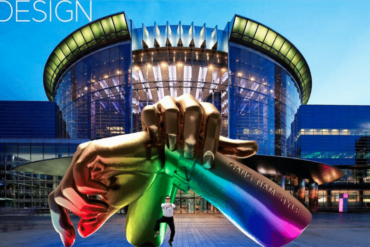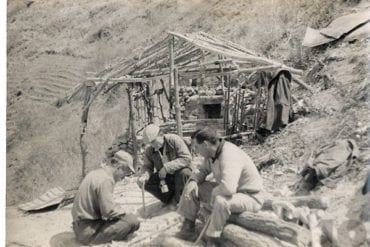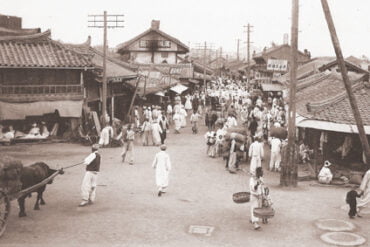The Gangnam District of Seoul is planning to install a 418,000,000 won bronze statue of the “Gangnam Style” dance. Released...
Many readers will probably be surprised to know that from the early 1960s through the early 1980s there was an...
Words by Robert Neff In this humorous anecdote from the turn of the 20th century, an American diplomat and a mob of Korean children strike up an unexpected friendship based on practical jokes. Horace N. Allen, the American minister to Korea from 1897-1905, found that his fondness for bicycle riding drew the...
Words BY Robert Neff Photos courtesy of the Robert Neff collection A skirmish between Japanese and Russian warships in February...
Photos courtesy of the Robert Neff collection The anti-Western sentiment pervasive in Pyongyang today has a long history, as historian...
Words by Robert NeffPhotos from the collection of Robert Neff Joseon Korea was generally perceived by foreign visitors as a land of extreme poverty. Even the Joseon government declared itself unable to establish trade agreements with the West because it had nothing to trade. But there were a lot of...
Words by Robert Neff, Photos courtesy of the Robert Neff collection As the primary way of accessing Seoul during the early...
Words by Robert Neff Photos from the collection of Robert Neff In the 1890s there was a gold rush in...
The six-century old Wongaksa Pagoda lay in ruins until Westerners in Seoul began to take an interest in it. One of the most interesting but least known historic sites in Seoul is Tapgol Park (탑골공원), also known as Pagoda Park.
Words by Robert Neff With the horrible destruction of the Korean War came abject poverty. People did whatever they could...




